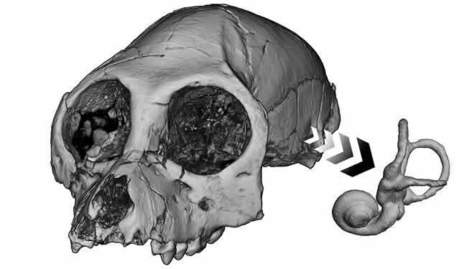The researchers looked at the bony labyrinth in fossil remains and compared them to CT scans previously obtained from living primate species. The bony labyrinth of the inner ear is made up of the cochlea — the major organ of hearing — the vestibule and the three semicircular canals which sense head motion and provide input to synchronize movement with visual stimuli.
Research and publish the best content.
Get Started for FREE
Sign up with Facebook Sign up with X
I don't have a Facebook or a X account
Already have an account: Login

 Your new post is loading... Your new post is loading...
 Your new post is loading... Your new post is loading...
|









